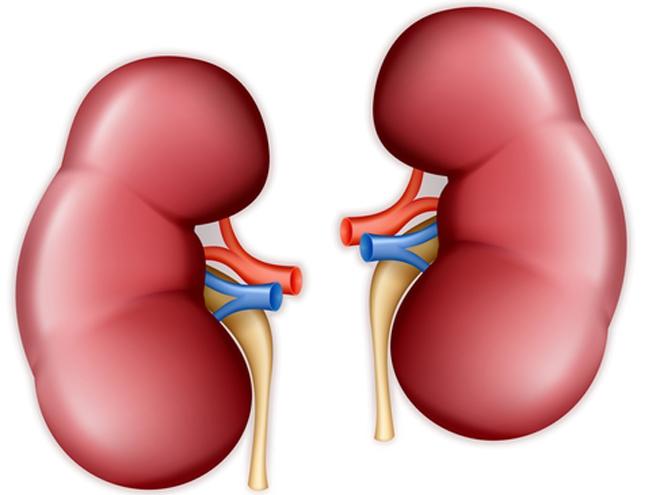
Patiromer (Veltassa®; Vifor Phrma, Inc.), a sodium-free potassium binder, is used for the management of hyperkalemia in patients with chronic kidney disease. Patrick Rossignol and colleagues conducted a study comparing data from a 4-year global pharmacovigilance database of adverse events reported in patients treated with patiromer in clinical practice with data gathered in the clinical trial program. Results of the comparison were reported online in Drugs—Real World Outcomes [doi.org/10.1007/s40801-021-00254-7].
Postmarketing safety data on patiromer were collected and recorded in Vifor Pharma’s global pharmacovigilance data. Data from January 2016 through September 2019 were analyzed in the current study. The data were solicited (via an organized data-collection method such as a patient-support program) and unsolicited (voluntarily reported by healthcare professionals, consumers, and authorities worldwide).
The researchers compared cumulative annualized mortality rate (events per 100 patient-years) for the pharmacovigilance database analysis period with the rate obtained in the longest clinical trial of patiromer to date (up to 52 weeks of treatment). In analyses of individual adverse events, reporting rates (% of events per 100 person-years) for events in the global pharmacovigilance database were compared with the frequencies (% of patients with events/patients exposed) of events collected in the clinical trial program (n=666).
During the 4-year study period, there were an estimated 45,000 person-years of exposure in the global pharmacovigilance database (17,823 individual case reports and 38,109 adverse events), with 95% of cases from the United States; >85% of cases utilized 8.4 g/day. A total of 1214 deaths were reported, with a cumulative annualized mortality rate of 2.69 per 100 person-years, compared with 5.70 deaths per 100 person-years in the 52-week clinical trial.
In the pharmacovigilance database, reporting rates for constipation and diarrhea (the two most common adverse events) were 6.90% and 3.48%, respectively. In the clinical trial program, corresponding frequencies were 7.2% and 4.8%. Rates for adverse events of decrease blood potassium were 0.45% in the pharmacovigilance database, compared with serum potassium <3/5 mmol/L reported in 4.7% of patients in the clinical trial program. Reporting rates for hypomagnesemia or decreased blood magnesium were 0.02% and 0.16%, respectively in the pharmacovigilance database and 5.3% and 0.8% of patients, respectively, in the clinical trial program.
In conclusion, the researchers said, “Global pharmacovigilance data over 4 years confirmed that the tolerability and safety of patiromer in clinical practice is predictable and consistent with clinical trial data, with no evidence of any new safety signals to date.”
The analysis was funded by Vifor Pharma, Inc.







 © 2025 Mashup Media, LLC, a Formedics Property. All Rights Reserved.
© 2025 Mashup Media, LLC, a Formedics Property. All Rights Reserved.